Astrophytum Yoroi, a member of the Astrophytum genus, represents a convergence of rarity and beauty in the world of cacti, captivating enthusiasts with its unique morphology and distinctive characteristics. Often referred to as the “Yoroi Cactus,” this particular cultivar exhibits a range of features that differentiate it from its relatives. Its exotic provenance and striking appearance make it a highly sought-after specimen for collectors and enthusiasts alike.
In the context of the ever-evolving landscape of cacti, Astrophytum Yoroi continues to rise in popularity, not only due to its aesthetic appeal but also owing to its intriguing cultivation demands. This comprehensive guide will delve into the various aspects of the Yoroi Cactus, including cultivation, care, propagation, and its place within the broader context of plant collections.
Whether you are a seasoned collector or a novice enthusiast, the Astrophytum Yoroi offers an enriching experience for anyone interested in these incredible plants.
Understanding the Aesthetic Appeal of Astrophytum Yoroi
At first glance, the Astrophytum Yoroi exhibits an allure that is hard to overlook. Its form is often characterized by a rounded, ribbed body adorned with striking markings and a brilliant green hue. The phenomenon of ‘frosting,’ which manifests as a white, powdery coating on the skin, not only enhances its aesthetic but also serves a functional purpose by protecting the plant from intense sunlight.
Distinct ribbing is one of the defining features of this species. Each rib carries a unique pattern and texture that adds to its visual intrigue. In certain variants, the ribs are more pronounced, leading to a dramatic silhouette that can capture the eye from afar. Flowering is another aspect of its beauty; when in bloom, the Astrophytum Yoroi produces vibrant yellow blooms that contrast beautifully with its green body, creating a striking display.
Moreover, the ornamental value of this cactus is further accentuated by its rarity. Cultivar Astrophytum myriostigma cv. Yoroi differentiates itself from more common cacti, making it a prized addition to any collection. For collectors, possessing such a striking and uncommon specimen is not merely about visual appeal; it’s also about the story and connoisseurship behind rare varieties.
Navigating the Cultivation Landscape
Cultivating Astrophytum Yoroi requires a nuanced understanding of its specific needs. As with many cacti, this species hails from regions that experience arid conditions, translating into particular care requirements once introduced into a home environment.
To begin, it is essential to select an appropriate growing medium. A well-draining soil mix is paramount. An ideal composition could include a cactus mix supplemented with perlite or pumice to promote aeration and prevent root rot. The right soil can make all the difference, as this cactus thrives in conditions that mimic its native habitat.
Light exposure plays a critical role in the health of Astrophytum Yoroi. This cactus prefers bright, indirect sunlight. Direct, harsh sunlight can scorch its delicate skin, while insufficient light can lead to etiolation—an unwanted elongation of the plant as it stretches toward the light source. Ideally, a south or east-facing window offers the perfect balance, providing ample light without overwhelming the plant.
Temperature and humidity are also pivotal in creating an optimal environment. Ideally, the Yoroi Cactus thrives in temperatures ranging from 70°F to 90°F during the day and allows nighttime temperatures to drop slightly. While it can tolerate brief cooler periods, prolonged exposure to temperatures below 50°F can lead to damage. Additionally, low humidity levels mirror its native climate, typically ensuring it remains healthy throughout its life.
Watering practices should be approached with caution. A general rule for cacti is to allow the soil to dry completely between waterings. During the growing season—spring and summer—moderate watering is necessary. However, in the dormant winter months, significantly reduce watering. Over-watering is a common mistake amongst novice growers and can quickly lead to rot.
Protecting your investment through Pest Management
Even the hardiest of plants can fall prey to pests and diseases. Astrophytum Yoroi is no exception. As a collector, vigilance is key to maintaining a healthy specimen. Certain pests, particularly mealybugs and spider mites, can pose significant threats.
Regular inspection is crucial. Look for signs of infestation, such as webbing or cotton-like masses on the cactus. Should pests be identified, prompt action must be taken. In many instances, a simple solution of soapy water or neem oil can help manage minor infestations without resorting to harsh chemicals.
Moreover, ensure that air circulation is adequate around the plant, as this can minimize the likelihood of pest-related issues. Overly crowded or stagnant conditions can foster environments conducive to pests and diseases. Thus, it is wise to display your cacti with sufficient space between them.
Propagation Techniques for the Enthusiast
For those looking to expand their collection or share their love for cacti, propagation is an exciting avenue to explore. Astrophytum Yoroi can be propagated through seeds, which is the most common method, though grafting may also be employed by skilled enthusiasts.
Seed propagation begins with acquiring viable seeds from a reputable source—ensuring that they are indeed pure Yoroi and not hybrids. Start by preparing your soil mix and moistening it slightly. Position the seeds on the surface and gently press them into the soil, taking care not to bury them. A transparent cover can help maintain humidity while they germinate. Keep an eye on moisture levels and ensure that the seeds remain damp but not waterlogged.
Typically, germination occurs in a timeframe of two weeks to a month, with factors such as temperature and soil conditions influencing the rate. Once seedlings have developed a few true leaves and are sturdy enough to handle, they can be transplanted into individual pots.
Cacti grafting, on the other hand, is a technique better suited for more advanced growers. It requires precise cuts and intimate knowledge of plant anatomy, making it a rewarding, yet intricate method of plant propagation. When done correctly, grafting can accelerate growth and support the development of weaker species.
The Cultivated Collection: A Home for Astrophytum Yoroi
Creating an ideal environment for your Astrophytum Yoroi involves more than just focusing on individual care; it also requires thoughtful consideration of its place within your overall collection. Since cacti thrive on specific climatic conditions, grouping plants with similar needs can help facilitate optimal growth. A dedicated display featuring cacti from the Astrophytum genus can create a visually cohesive arrangement while simplifying care needs.
Incorporating decorative elements like rock gardens or themed pots can enhance the overall aesthetic of your collection while allowing for proper drainage and airflow. The addition of natural stones or driftwood can also provide visual diversity, while adhering to the minimalist aesthetics often associated with cactus collections.
Ultimately, Astrophytum Yoroi is more than just a plant; it is a commitment to understanding the delicate balance of nature and the art of cultivation. Every aspect, from care to propagation, serves as an invitation to deepen one’s appreciation for these magnificent succulents.
As collectors embrace the challenge of nurturing a rare species like the Astrophytum Yoroi, they also embark on a journey—a journey reflective of nature’s beauty and the joy that comes with cultivating life. Whether you are admiring the intricate patterns of a flowering Yoroi or sharing your growing knowledge with fellow enthusiasts, this cactus promises to continually inspire and educate. Embrace the allure of the Astrophytum Yoroi and let it take its rightful place within your cherished collection.
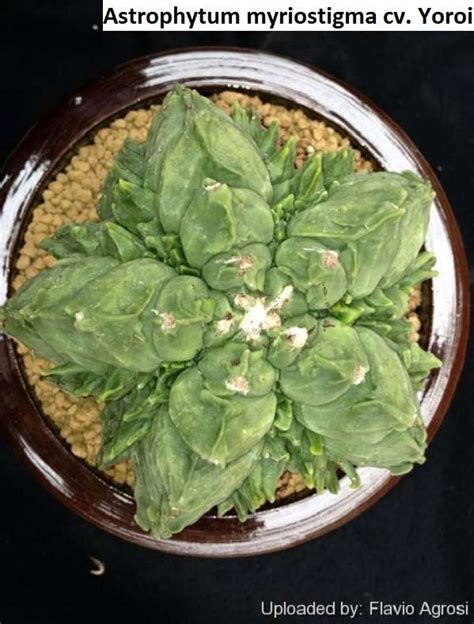
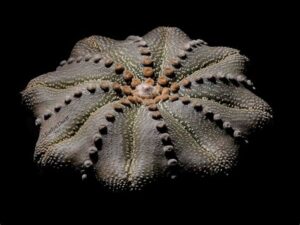
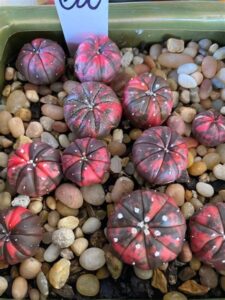
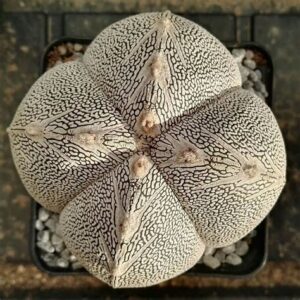
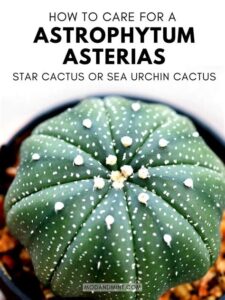
Leave a Comment